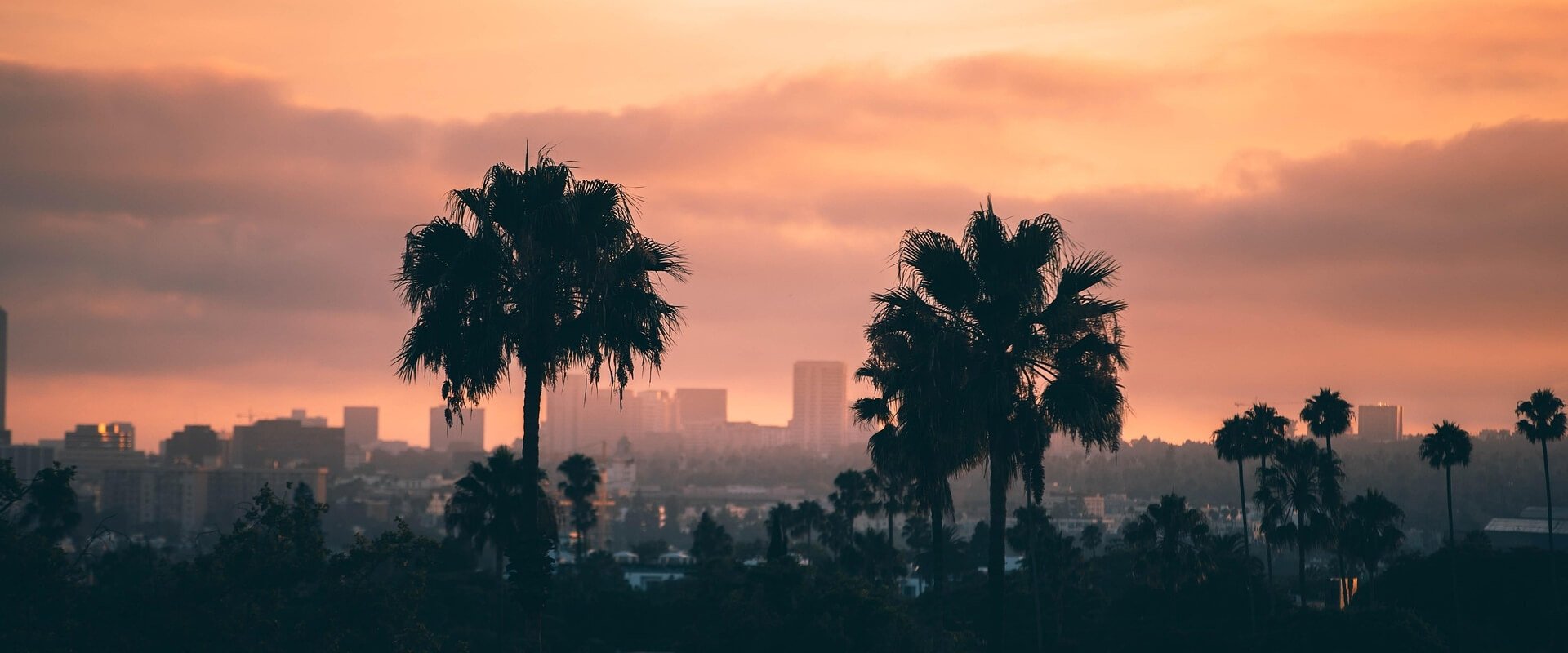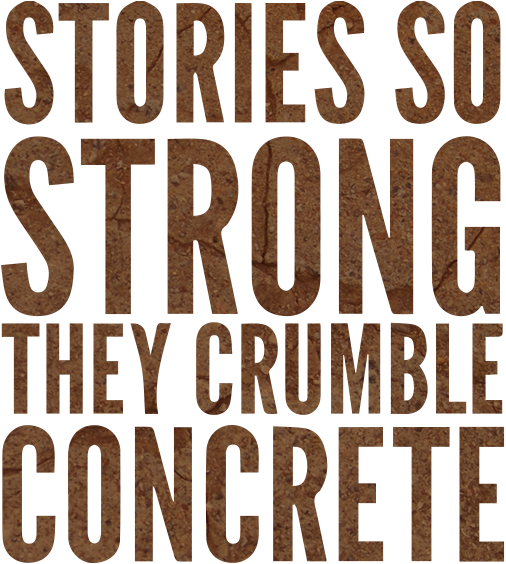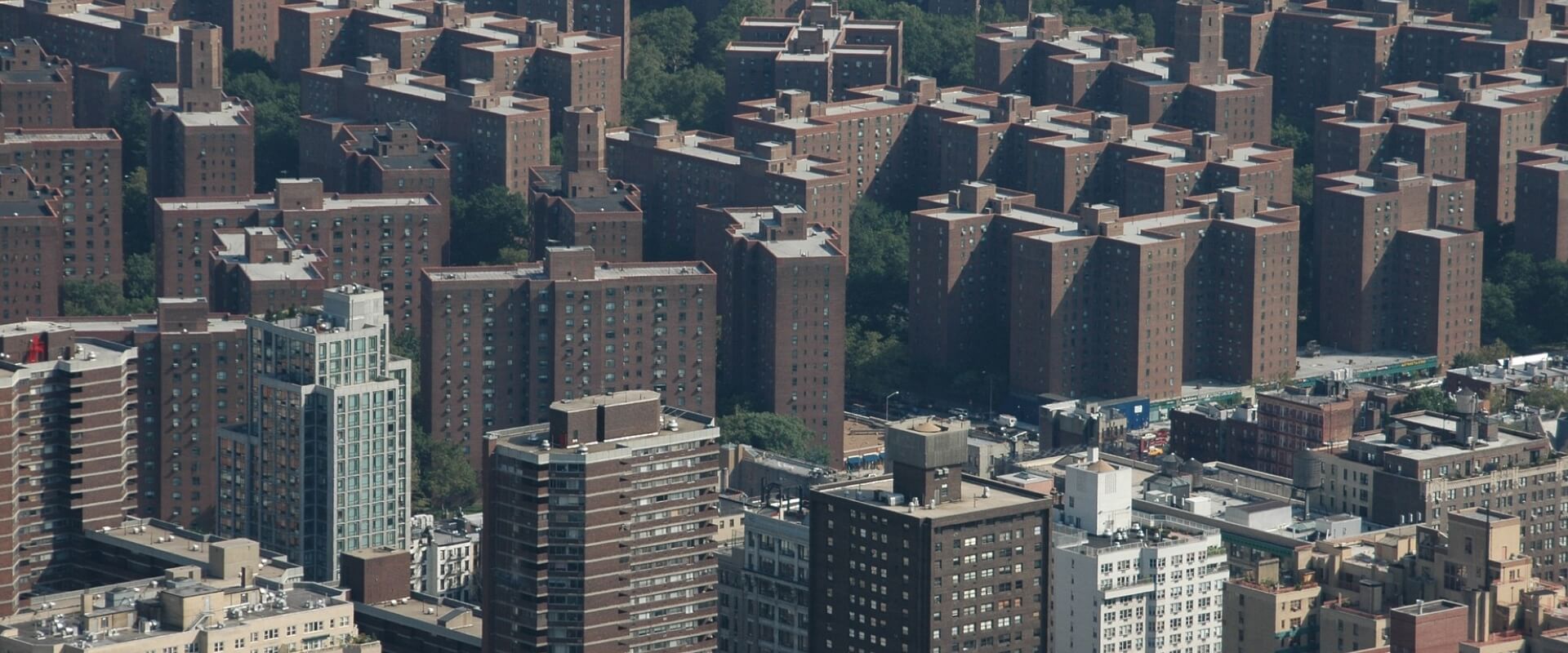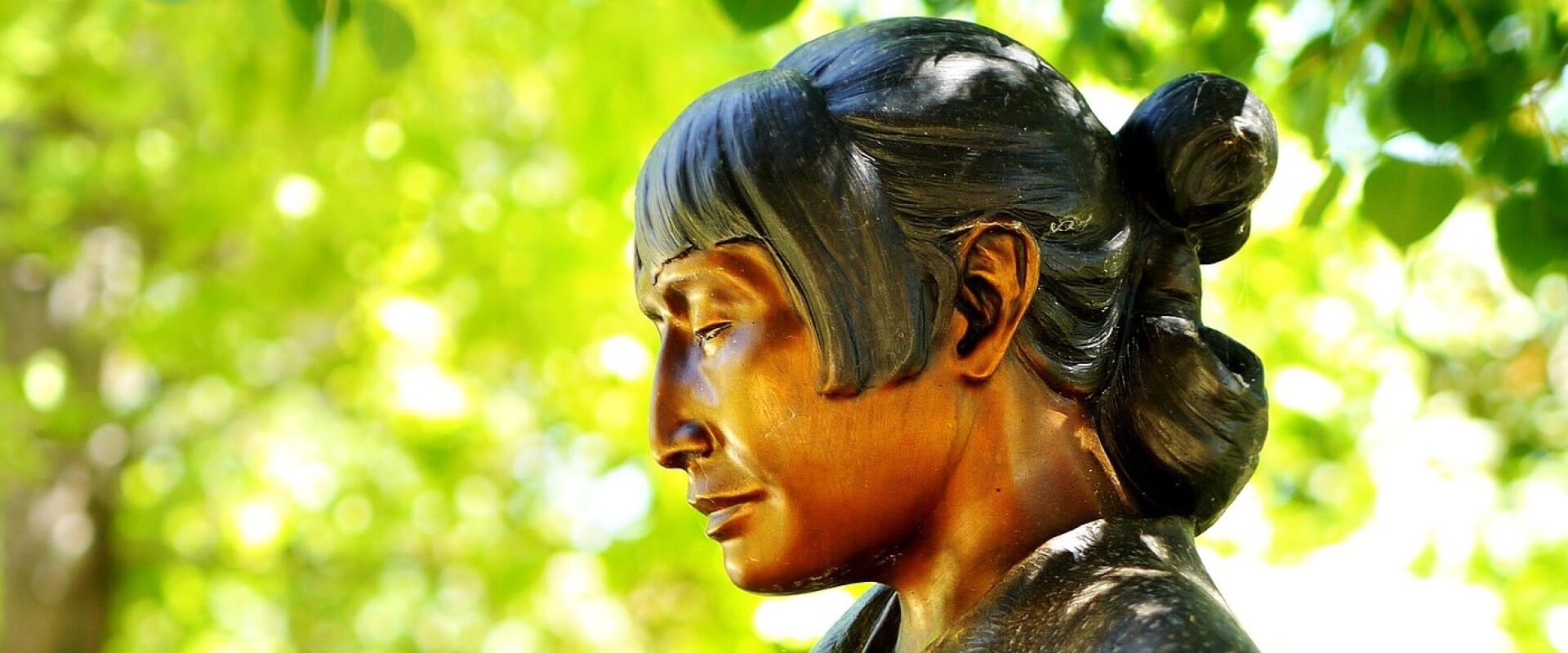Activism and Social Justice: Inside and Outside
From Montgomery to Los Angeles and Beyond: Formerly Incarcerated People Building a Movement
by Dorsey Nunn & Kenneth Glasgow

activism community family
As formerly incarcerated people, every day is another reminder that we do not have full access to our civil and human rights. Having served our sentences and returned home, we face circumstances that often seem designed to prevent our full participation in our communities and country: stigma for having a criminal conviction. Barriers to gaining meaningful employment and decent housing. Barriers to constructive educational opportunities. Lack of access to healthcare. Denial of our voting rights.
This is a widespread problem. Consider this: there are nearly 2.4 million people incarcerated in prisons and jails in the U.S. today. Most people currently incarcerated are coming home – according to the Department of Justice, over 700,000 people were released from incarceration in 2006 alone. Across the country, over five million people are under state supervision like parole or probation. There are millions of people who are currently and formerly incarcerated, and millions more who were never incarcerated but have a criminal conviction–all of whom live, every day, without our full civil and human rights.
What happens when people's civil and human rights are denied for too long? Movements for change spark and catch fire.
As we near the 46th anniversary of the Bloody Sunday March over the Edmund Pettus Bridge in Selma, Alabama, we're reminded of the Civil Rights Movement. For nearly 100 years after the end of chattel slavery, Black people were denied their human and civil rights, including the right to vote. People got tired and organized all over the country to win their rights. In Alabama, the movement was especially vibrant.
On Sunday, March 7, 1965, 600 Civil Rights activists attempted to march from Selma to Montgomery to protest the murder of a fellow activist and to demand their rights. As the marchers crossed the Edmund Pettus Bridge, they were brutally attacked by the State Police. After a second march was turned back, a third march was organized shortly thereafter– Rev. Dr. Martin Luther King and Congressman John Lewis and thousands of others crossed the bridge and walked to Montgomery. The march delivered a powerful blow against Jim Crow, and the Edmund Pettus Bridge became a symbol of a people's struggle for justice against oppression.
Only by organizing and building a people's movement - the Civil Rights Movement - did Black people win their human and civil rights. The Movement transformed the South, the U.S., and the entire world.
For formerly incarcerated people, the promise of the Civil Rights movement - full civil rights and an end to Jim Crow - remains unfulfilled. Just consider the over four million formerly incarcerated people who are denied their voting rights.
Guided by this history, and inspired by demands for justice in the U.S. and around the world - from the prisoner strike in Georgia to the Egyptian revolution – a vibrant new movement is now being born as formerly incarcerated people join together to secure our full civil and human rights.
From February 28 - March 2, 2011, formerly incarcerated people from around the country will gather in Montgomery and Selma to develop a common platform regarding restoration of civil rights, stopping prison expansion, elimination of excessive punishments, and protecting the dignity of family members and communities. The gathering, hosted by The Ordinary People's Society of Alabama, will include formerly incarcerated leaders from dozens of groups from round the country, including co-conveners All of Us or None (CA), Women on the Rise Telling Her Story (NY), National Exhoodus Council (PA), A New Way of Life (CA), Direct Action for Rights and Equality (RI) and more.
After meeting, we will take action: on March 1, the eve of the Bloody Sunday anniversary, and with the blessing of Civil Rights veterans from Alabama and beyond, we will march across the Edmund Pettus Bridge, signaling our intent to fulfill the promise of the Civil Rights Movement. The following day, we will rally at the statehouse in Montgomery, just steps away from Dr. King's old church.
The only way to secure our full civil and human rights is to organize a people's movement. Launching this national movement from the epicenter of the Civil Rights struggle is a symbolic action of great power, invoking similar moments such as Stonewall, the Great Grape Boycott, and the Seneca Falls Declaration of Sentiments. A follow up gathering is scheduled for Los Angeles in November 1-2, 2011. Formerly incarcerated people are building Civil and Human Rights Movement for the 21st Century. We hope you'll join us - in Alabama, Los Angeles, and beyond.



